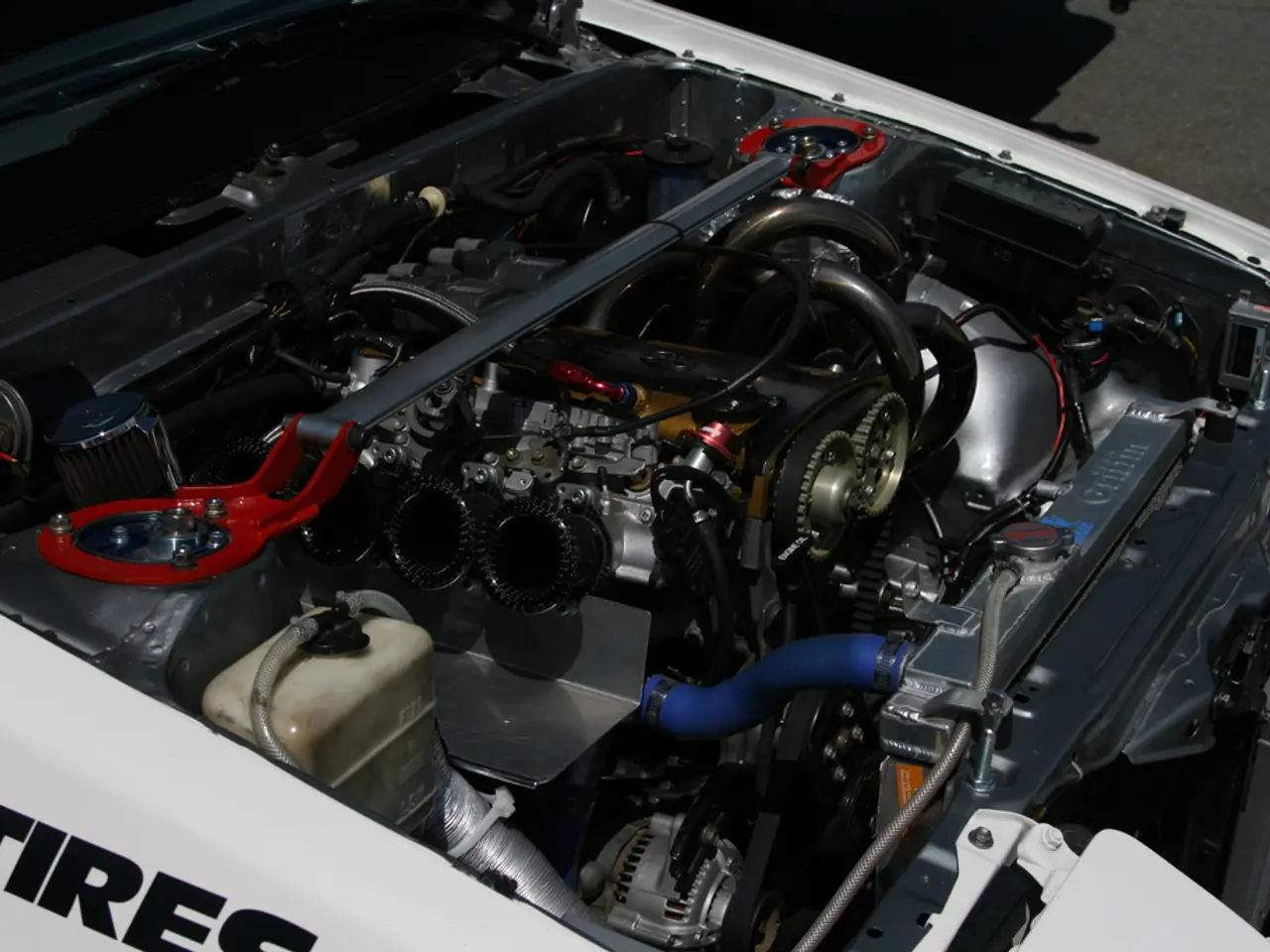Cookies are employed by Autovista24 to enhance your browsing experience
In the rapidly evolving world of electric vehicles (EVs), the global market for electric passenger cars saw a significant surge in 2024, with a 26.1% increase compared to the previous year. This growth was mirrored in the EV battery production sector, where the top manufacturers continued to push boundaries.
China-based CATL emerged as the undisputed leader in EV battery production, producing 300.8 GWh in 2024, a 24.8% improvement from the previous year. CATL has held the top spot since 2021 and almost doubled the total of its nearest competitors since 2022. The company produced 152.7 GWh in the first five months of 2025, reflecting its continued dominance.
BYD took second place for the third year in a row in 2024, with a cell output of 156.8 GWh, a 27.5% increase year on year. The company, based in China, has produced a total of 416.1 GWh of cells since 2014.
Other major players in the EV battery production landscape include Samsung SDI and EVE Energy, although precise output numbers for these companies were not specified in the search results.
The total global EV battery usage reached 401.3 GWh in the first five months of 2025, up 38.5% from the same period in 2024. Extrapolating, full-year 2024 global EV battery production crossed the 1 terawatt-hour (1,000 GWh) mark, largely dominated by Chinese manufacturers producing about 80% of battery cells.
In addition to CATL and BYD, Sunwoda, Gotion, and LG Energy Solution also made significant strides in 2024. Sunwoda produced the best year-on-year increase within the top 10, with output reaching 17.1 GWh, up 124.9%. Gotion entered the top 10 in 2024, with a cell output of 13.7 GWh, up 66.2% compared to the previous year. LG Energy Solution announced a plan with GM to jointly develop prismatic battery-cell technology in December 2024.
Notable developments in 2024 also included CATL's announcement of a joint venture with Stellantis for a large-scale LFP battery plant in Spain, with production expected to begin in 2026. Panasonic's cell output dropped by 8.1% in 2024, resulting in a 2pp decrease in market share compared to the previous year. Envision AESC dropped out of the top 10 in 2024, with a cell output of 13.7 GWh, less than Gotion's output for the year. CALB jumped up the table in 2024, improving its cell output by 58.1% and taking a 4.6% share of the market, up 1.1pp year on year.
As the EV market continues to grow, so too does the importance of efficient and sustainable battery production. The developments in 2024 demonstrate the ongoing innovation and competition within the sector, with China maintaining a strong lead in volume and technology. The future of EV battery production looks promising, with continued growth and advancements expected in the coming years.
- The surge in electric vehicles (EVs) in 2024 highlighted the importance of the finance industry in supporting the growth of the energy sector.
- With the rapid expansion of the EV market, personal-finance advice became crucial for individuals looking to invest in this sector.
- The data-and-cloud-computing industry played a vital role in managing the immense data generated by the EV battery production sector.
- In the realm of lifestyle, electric vehicles transformed the fashion-and-beauty industry by promoting sustainable and clutter-free options.
- The food-and-drink sector also faced significant changes, as restaurants began to shift towards offering plant-based options to align with the growing trend of electric vehicles.
- As electric vehicles gained traction, the real-estate industry observed a shift towards building charging stations in residential and commercial properties.
- In the business world, cybersecurity became a critical concern due to the increased use of technology in electric vehicles.
- Gadgets such as smartphones and smartwatches integrated electric vehicle apps to cater to the growing market.
- Technology giants took interest in the artificial-intelligence sector, aiming to optimize the performance and efficiency of electric vehicles.
- Travel agencies started promoting eco-friendly vacations that include visits to EV manufacturing facilities, appealing to conscious consumers.
- In the sports realm, football (soccer) and other European leagues capitalized on the rise of electric vehicles by partnering with EV manufacturers for branding opportunities.
- Baseball, hockey, and golf also embraced electric vehicles, with sponsorship agreements and the introduction of electric golf carts.
- Sports-betting platforms began offering odds for various electric vehicle races, including Formula E and Pikes Peak races.
- racing teams transitioned to electric vehicles, spearheading the adoption of electric cars in the sports world.
- The updated American Football rules allowed for electric vehicles to be used in advertisements during half-time shows and commercial breaks.
- Tennis players started endorsing electric vehicles, further solidifying their popularity in the sports world.
- Sports-analysis platforms began integrating data from electric vehicle technologies to provide more insightful performance metrics.




